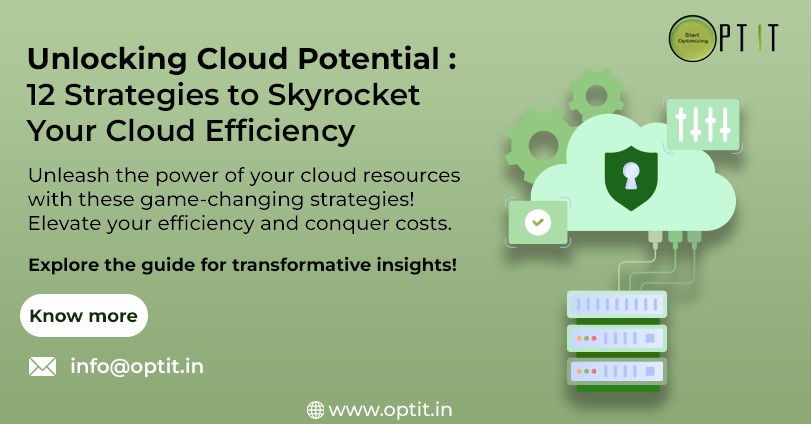
In today’s digital era, the cloud is not just a technology but a cornerstone of modern business strategy. While its flexibility and scalability offer unparalleled advantages, managing cloud expenditure has become a critical challenge. As cloud costs continue to rise, it’s more important than ever to optimize cloud spend.
Cloud cost optimization strategically manages and minimizes cloud computing expenses by going beyond mere cost-cutting. It emphasizes thorough analysis of current cloud usage, pinpointing inefficiencies, and removing waste to enhance the value of each dollar spent. This approach aims to improve visibility into cloud usage, ensuring efficient resource utilization while balancing cost, performance, security, and availability.
Begin with thorough audits of your cloud usage. This involves assessing all your cloud resources to identify wastage, such as idle resources or underutilized instances. Transparency in cloud usage leads to more informed decision-making.
Tailor your resource allocation to fit your actual needs. Many organizations fall into the trap of over-provisioning for ‘just in case’ scenarios, leading to unnecessary costs. Adopting a lean approach ensures you only pay for what you use.
For workloads with predictable patterns, reserved instances can offer substantial savings over on-demand pricing. Though it requires upfront payment, the long-term benefits are significant.
Auto-scaling services dynamically adjust your resource capacity according to demand. This not only ensures optimal performance but also eliminates the cost of idle resources.
Utilize cloud management tools for in-depth analysis of your usage patterns. Leverage monitoring tools to track resource utilization. Identify over-provisioned or underutilized instances. Data-driven insights can help identify inefficiencies and optimize costs accordingly.
Cloud providers offer a variety of pricing models. Understanding these and choosing the right one for your specific usage can lead to substantial savings.
Implement budget alerts to keep spending in check. This helps prevent cost overruns and ensures that you stay within your financial boundaries.
Diversifying your cloud portfolio across multiple providers can leverage the best features and pricing of each, reducing costs and dependency on a single provider.
Ensuring your team is knowledgeable about cloud cost management can foster a culture of cost-efficiency. Regular training sessions can keep everyone updated on the latest practices.
Staying abreast of your cloud provider’s policies and regularly reviewing contracts can help you take advantage of new features and cost-saving opportunities.
Implement data lifecycle policies to automatically move less frequently accessed data to lower-cost storage tiers. Also, explore cloud-native storage solutions that automatically adjust storage capacity based on demand, eliminating the need for manual intervention.
Embrace microservices architecture for better resource utilization. Microservices allow independent scaling of components, optimizing resource allocation. Consider serverless computing for specific workloads. Serverless platforms charge based on actual usage, offering significant cost savings for sporadic workloads.
Cloud cost optimization is not a one-time effort; it’s a continuous journey. By adopting these best practices, implementing appropriate tools, and fostering a culture of cost awareness, you can transform your cloud investment from an expense to a strategic driver of business value.
Reach out to us at – info@optit.in for further insights on Cloud Cost Optimization